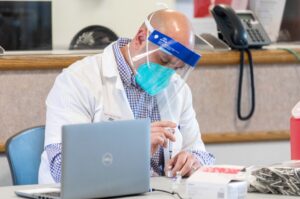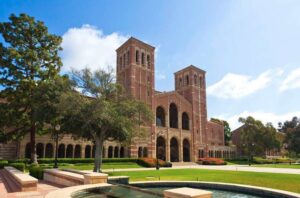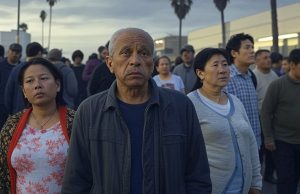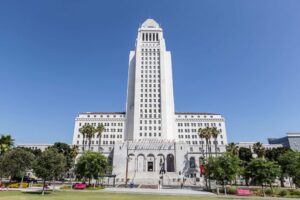By Ellen Hwang
10th grade / Sunny Hills High School
Palisades and Eaton.
Out of the nine total fires that sparked in Los Angeles County and consumed its cities during the
month of January, only two remain – with containment levels of 98% and 99%, respectively – as
of January 30.
The Eaton and Palisades fire, which both started nearly a month ago on January 7, are still yet to
be put out, with relentless, fierce firefighters working day and night to fight the monstrous,
intense blazes from further destroying everything in the Pacific Palisades and Pasadena area.
According to fire.ca.gov, an estimated total of about 37,500 acres were burned just by the two
remaining fires alone. For reference, that’s roughly 60 square miles, or over 100 LA Dodgers
Stadiums. In addition to the physical damages, the smoke and ashes that were dispersed caused
Los Angeles (LA) to attain “an [Air Quality Index (AQI)] scale of 200, which much of LA
reached last week, is equivalent to smoking five cigarettes,” according to a January 14 Health
Policy Watch article on air pollution from the LA wildfires.
As someone who not only has family residing in LA but is also highly involved with her frequent
affairs in LA, it’s disheartening to hear this news. My heart aches for the tens of thousands of
families whose homes were lost and the minimum 29 citizens who passed away from the fire.
According to a multitude of online resources, series of fires that happened during the month of
January were exacerbated by climate change — the serious drought that fell over California from
warmer conditions throughout this past year combined with the high-speed winds made the
possibility of fires inevitable, although no one expected nine medium- to large-sized fires at
once.
These wildfires ultimately remind us that environmental care significantly contributes to the
wellbeing of the humans who occupy the Earth: us.
Over the past few years, the Earth’s slow deterioration has made it painfully evident that we need
to take care of our surroundings and the society that we live in – the fires being another. It’s time
we all take the initiative to clean our community and make sure that factors increasing the risk of
environmental disasters are minimized.
For example, I am currently in an environmental service non-profit organization where we spend
time every Saturday to visit parks, beaches, and schools to reform and preserve the conditions of
our environment and also contribute to creating more green spaces.
A job that is frequently tasked during these community clean-ups is raking all of the leaves.
While it may seem trivial, it’s actually essential to reducing the risk of wildfires on top of just
having an organized green space without leaves overflowing everywhere you look: because dry
and dead leaves have low moisture content, causing a high flammability. After all, leaves are part
of trees, which are involved in forest fires.
Eventually, both the Palisades and the Eaton fire will become fully contained, and the world will
attempt to reconstruct LA back to its prime conditions. Nonetheless, it’s important for our
societies to engage in working toward a more sustainable planet in order to prevent calamities
like the January LA fires from arising again in the future.












































 10년 전 DUI 기록 문제돼 갑자기 비자취소 통보받아
10년 전 DUI 기록 문제돼 갑자기 비자취소 통보받아 







































